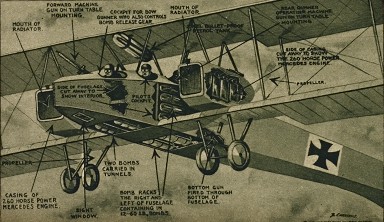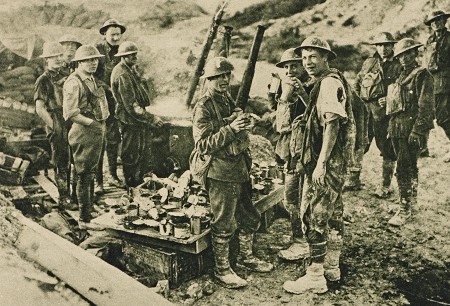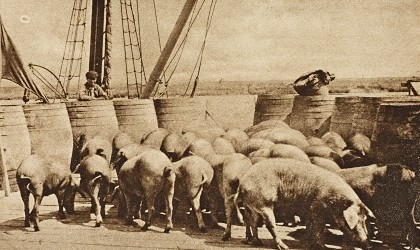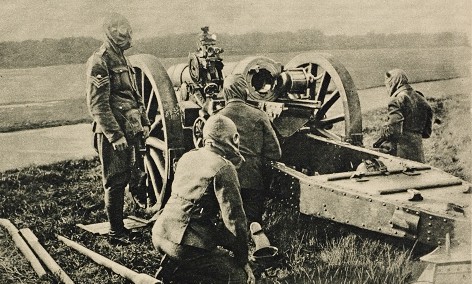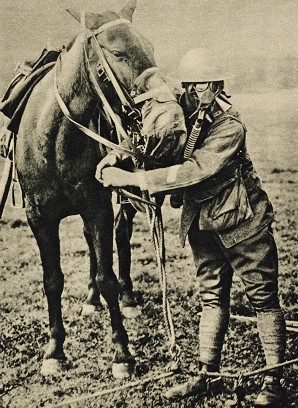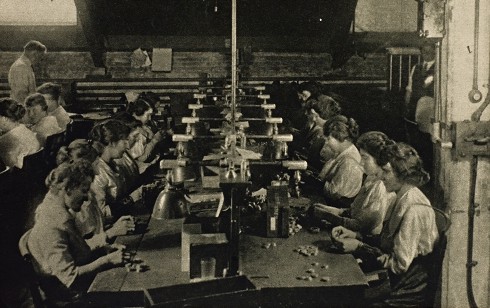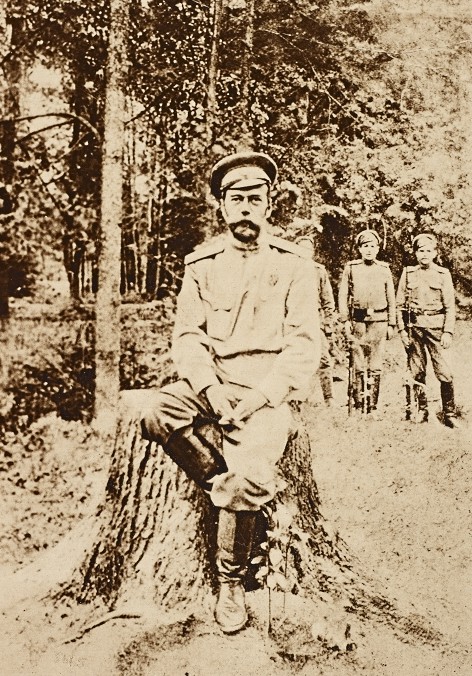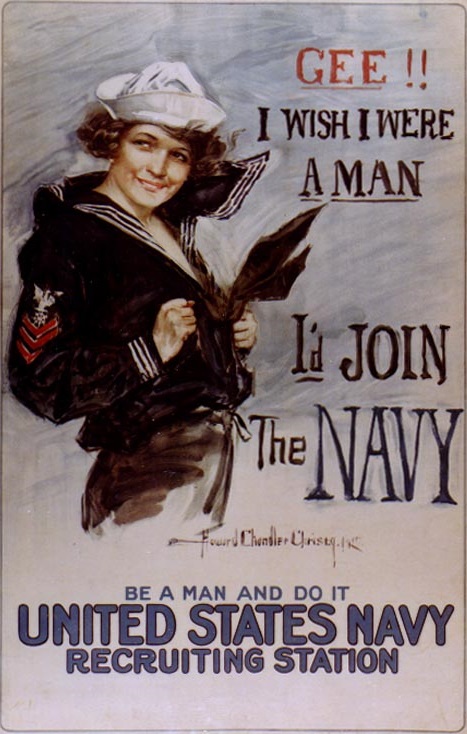As Miami and Fort Lauderdale have become important hubs of the cruise line industry, our museum library has become one of the more important repositories of print materials documenting oceanic travel from the interwar and post-Second World War periods. Former Florida International University Director of Libraries, Dr. Laurence Miller has been volunteering in the Wolfsonian-FIU library for several years now, lending his expertise on the subject and helping us to catalog these materials and prepare for their digitization. A life-long ocean liner aficionado and avid collector of cruise industry promotional materials, Dr. Miller donated his substantial collection to The Wolfsonian library. That collection includes tens of thousands of passenger ship brochures, deck plans, menus, and other items in the printed format. Most recently he has been cataloging some promised gifts of museum founder, Mitchell Wolfson, Jr. Here is his report:
Mitchell Wolfson recently returned from Europe with some new brochures featuring a number of exotic and long-forgotten liners of the past. Most of the ships depicted in these advertising pamphlets and deck plans were from the Mediterranean area. Those of us working with the museum’s ocean liner collection, and those who accessing it virtually via the web, greatly appreciate Mr. Wolfson’s generosity. These newly acquired promised gifts contribute a refreshing perspective to the collections we are developing.
Just prior to the outbreak of the Second World War, America was in the process of replacing its large fleet of First World War standard vessels with new ships, the product of such renowned American designers as Gibbs & Cox and George Sharp. As the new ships were completed, the older vessels were sometimes sold or leased to neutral European countries–this in spite of their potential wartime use. Two vessels put on the market were the Dollar Liner ships, President Wilson and President Lincoln.
PHOTOGRAPHIC ILLUSTRATION OF ONE OF THE DOLLAR LINE “535”
One excellent market for this tonnage was Franco’s “neutral” Spain. It is not, therefore, surprising that in 1940, these two vessels were sold to Ibarra, a private Spanish company. They were renamed Cabo de Buena Esperanza and Cabo de Hornos. Throughout the years of the Second World War, these ships, dating from 1921-22, were almost the only passenger vessels still providing regular service between Europe and South America–and available to carry Jewish and other political refugees looking to escape persecution in Europe.
Below is an artist’s impression of ships in Ybarra colors:
As an avenue of escape, these ships did not elude the notice of the Nazis, aided by the Spanish–friends, if not formal allies. Among the documents in the Holocaust Museum in Washington, D.C. is a typed list dated May 21, 1941 of 45 passengers on board Cabo de Buena Esperanza sailing from Bilbao, Spain heading for South America. The German-language document included, among other data, detailed information including: passenger destination, former address, citizenship, maiden name, and travel expenses. All of this was useful information as the Nazis had imposed restrictions on Jews taking currency out of the country.
Still sailing in the late 1950’s and still displaying their American colonial décor, the two Cabos were by then the sole survivors of a large class of sixteen World War One era American standard ships known according to their length simply as 535’s. Weighing 14,100 gross tons, they accommodated 260 first and 300 third class passengers and carried a great deal of cargo.
Below are some photographs of the ship interior under Spanish flag:
Mr. Wolfson also brought with him a commemorative brochure issued when the replacement ships, Cabo San Roque and Cabo San Vincente were brought into service in 1957 and 1959 respectively. The article pays tribute to the two earlier ships, Cabo de Hornos and Buena Esperanza and the sentimental attachment to them on the part of many past passengers.
Also in his baggage was a brochure from the late 1940s advertising Home Line’s Brasil, then offering basic accommodation for Italian emigrants headed for new homes in South America. Completed in 1907 as the Virginian of Britain’s Allan Line and the first liner powered by steam turbines, her long career included World War I service as a troop ship for Great Britain; and as Drottingholm under the Swedish flag, in transatlantic service for the Swedish American Line. Greta Garbo was a frequent passenger for her trips home to Sweden. During the Second World War, Drottingholm was chartered by the Red Cross and served belligerents during hostilities in the repatriation of captured servicemen, notably including British airmen from Germany and German soldiers from Britain.
In common with almost anything that would float, she served postwar as an emigrant ship. In this case, she sailed for Home Lines carrying refugees first to South America; then as Homeland, with Europeans migrating to North America.
Among the other rare items Mr. Wolfson brought to the library was a deck plan, yellowed by age, of the Reina Victoria Eugenia. This little-known ship belonged to Spain’s La Compania Transatlantica. The vessel was bombed and sunk at Barcelona in 1939 during the Spanish Civil War by Franco’s forces. By then, she bore what was the more politically correct name of Argentina.
On a more aesthetic note, there was a brochure on Gydnia America Line’s Sobieski, a lovely ship sailing for a then well-known Polish company. The brochure publicizes her postwar service between Italy and New York. Peter Kohler, an authority on Italian ships and designers, noted that much of her furniture came from the Oceania and Neptunia. These prewar Italian ships were the work of Gustavo Pulitzer Finali, who was involved in Sobieski’s postwar refurbishment. The fittings had been placed in storage before both ships were sunk September 18, 1941 by a British submarine. The liners had been carrying Italian troops to Libya.
Note the chairs with holes in back–a Gustave Pulitzer Finali trademark–probably from Oceania and Neptunia.
During the era of Soviet expansion, few tourists visited Poland and so, displaced from the run for which she had been designed, Sobieski was also a war refugee after a fashion. Finally, and perhaps inevitably, the ship was sold to the Soviet Union in 1950.
Supplementing these Mediterranean items was a truly beautiful Canadian Pacific brochure advertising their service from Canada to Europe via the St. Lawrence River. The piece is notable for the rich texture of its paper, and its fine b&w photographic illustrations of the ships and their interiors, complete with stylishly dressed models from the late 1920s. The vessels included the Empress of France and the Empress of Australia. The latter ship had been built in Germany, but was turned over to Great Britain as a prize in the aftermath of the Great War.

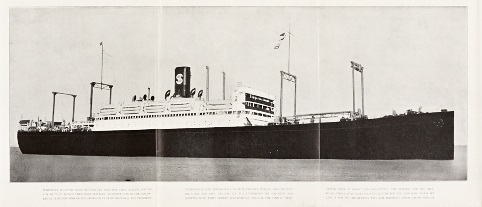








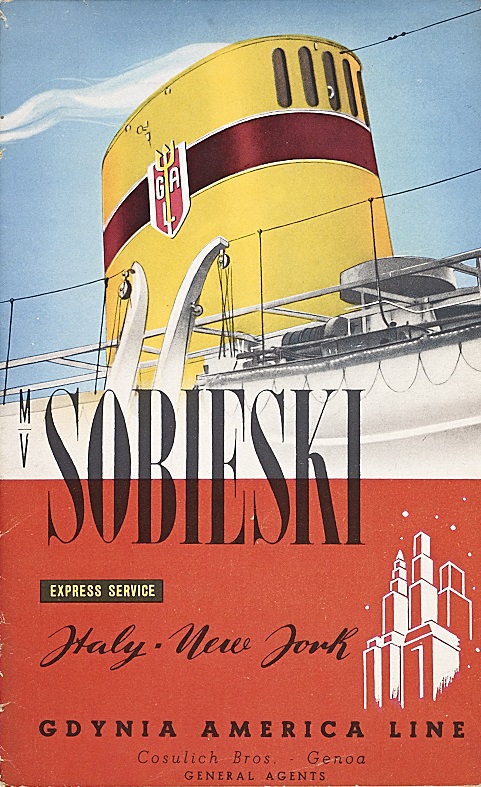
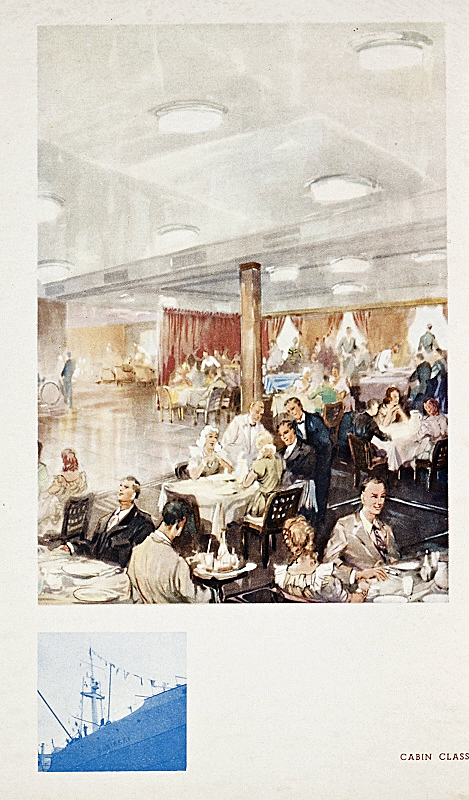












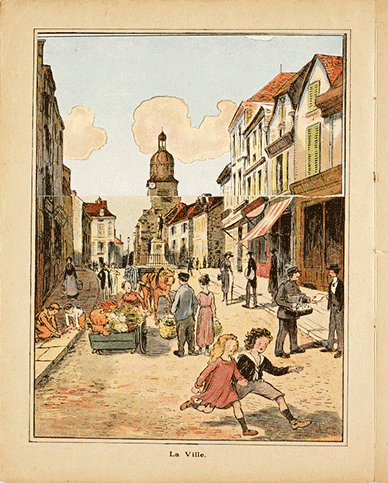

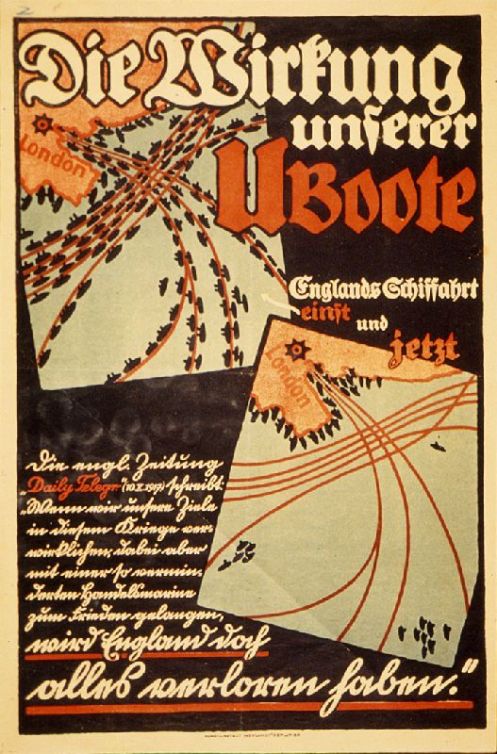































































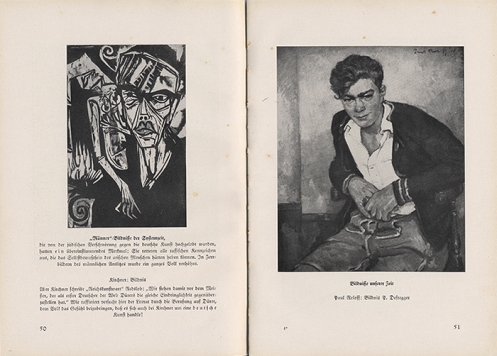
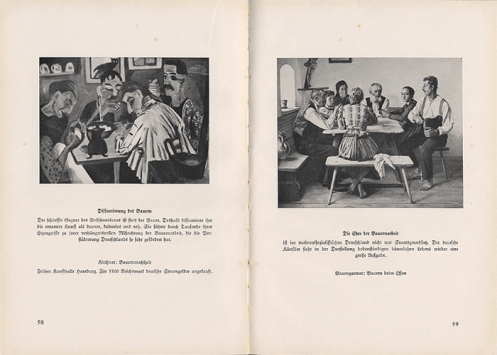









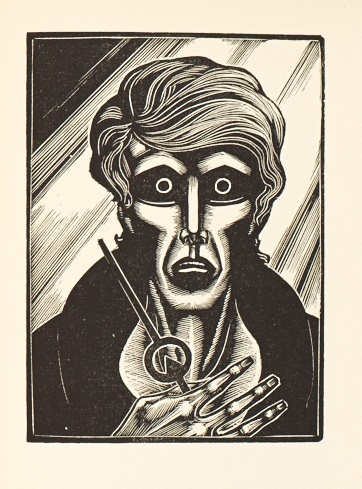
![83.3.93.9_008[1]](https://wolfsonianfiulibrary.wordpress.com/wp-content/uploads/2014/10/83-3-93-9_0081.jpg?w=497&h=675)
![83.3.93.9_023[1]](https://wolfsonianfiulibrary.wordpress.com/wp-content/uploads/2014/10/83-3-93-9_0231.jpg?w=497)
![83.3.93.9_030[1]](https://wolfsonianfiulibrary.wordpress.com/wp-content/uploads/2014/10/83-3-93-9_0301.jpg?w=497&h=676)




































![warpostersissued00hard_0121[1]](https://wolfsonianfiulibrary.wordpress.com/wp-content/uploads/2014/10/warpostersissued00hard_01211.jpg?w=497)




